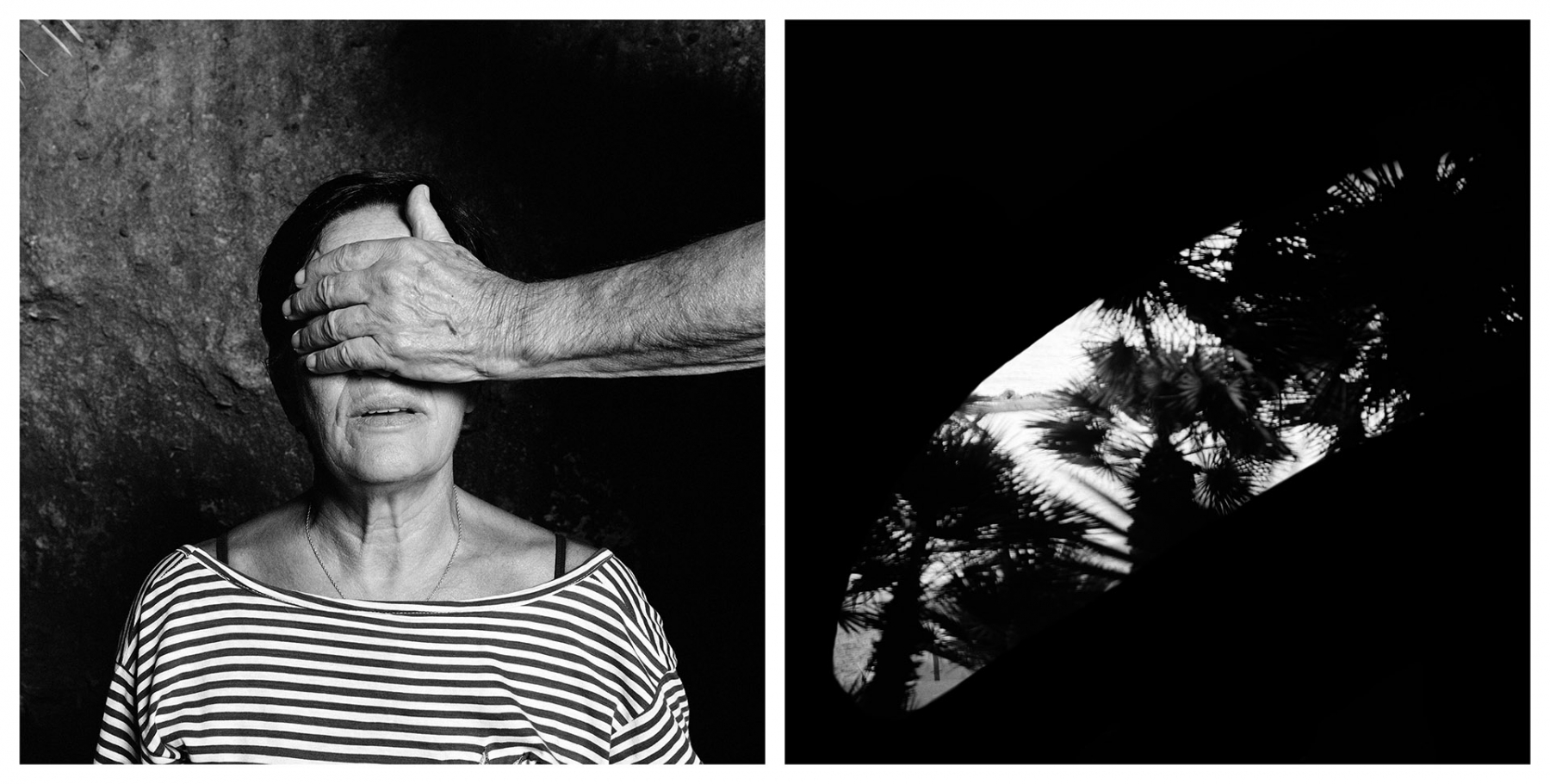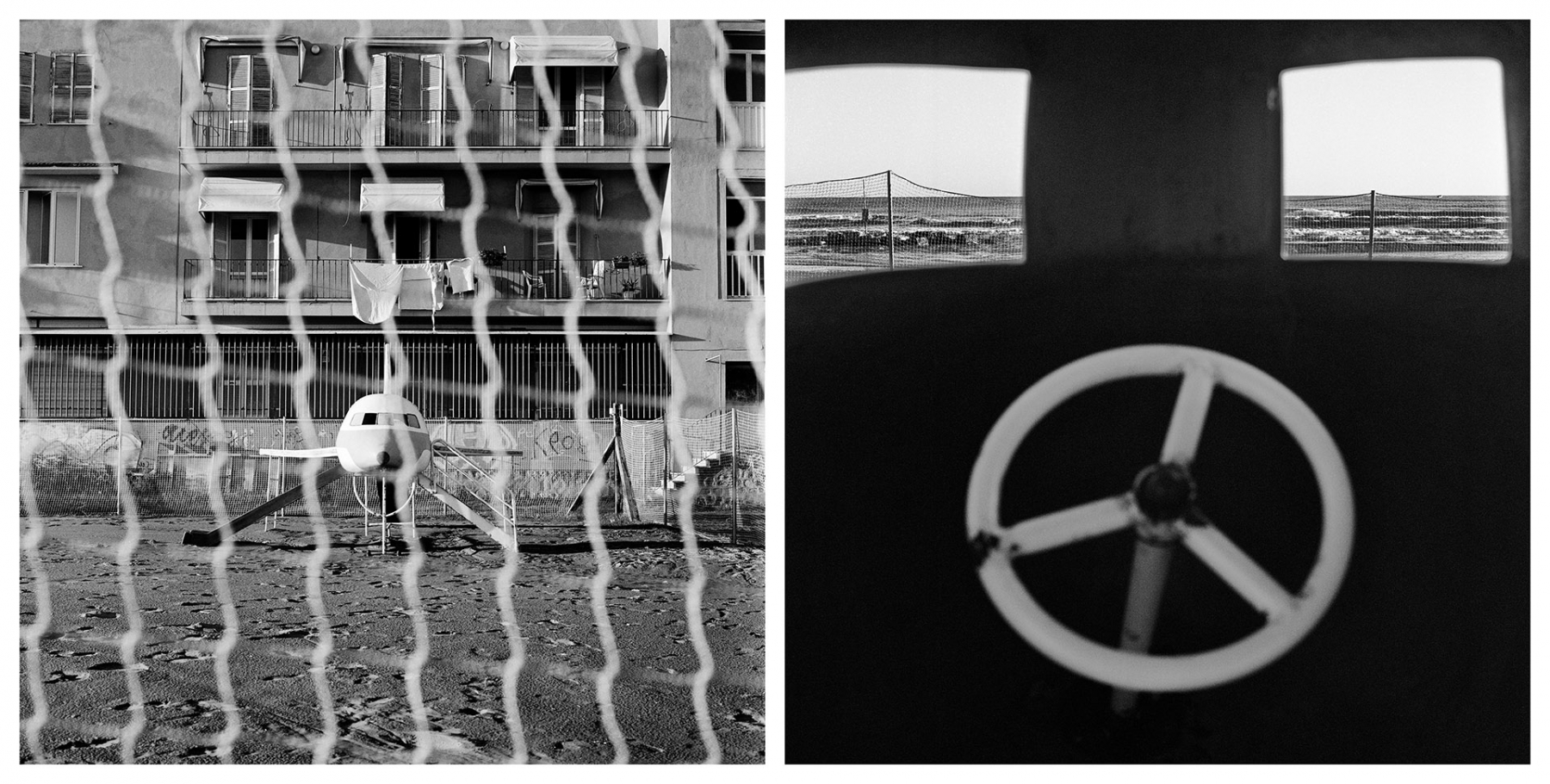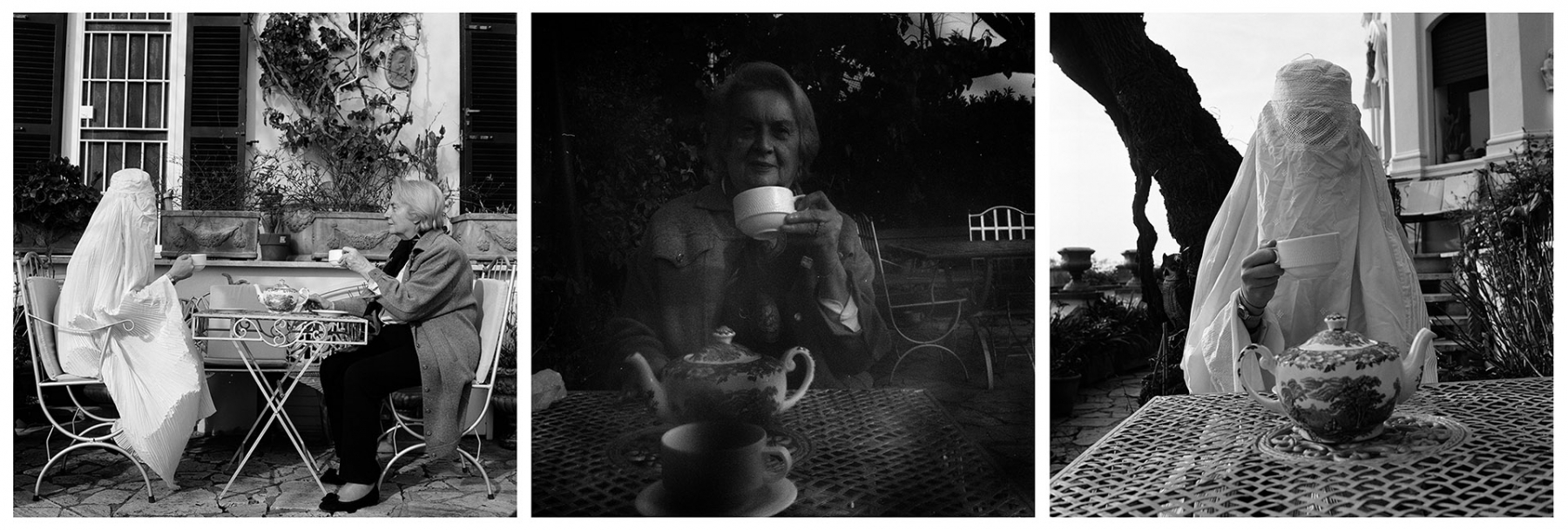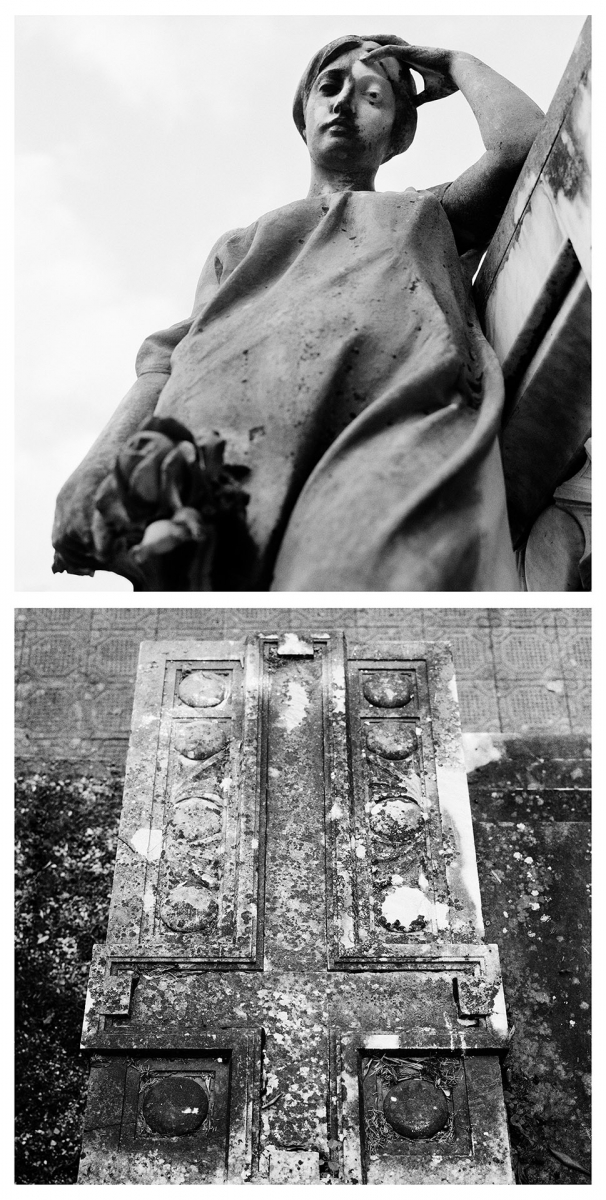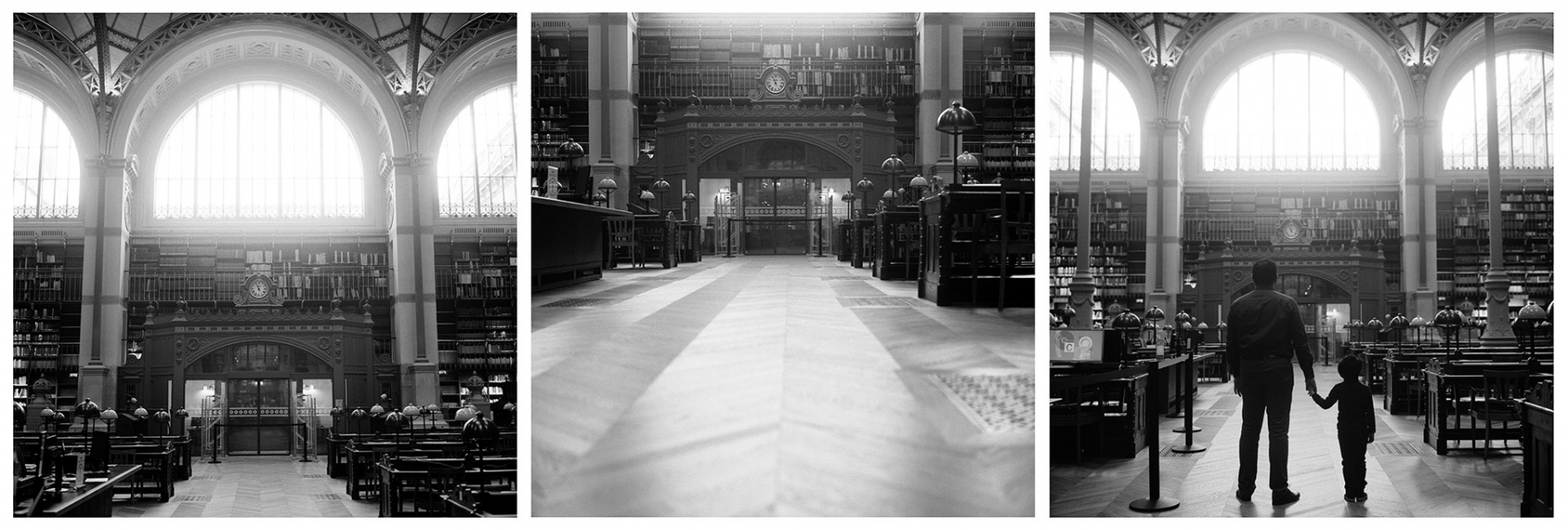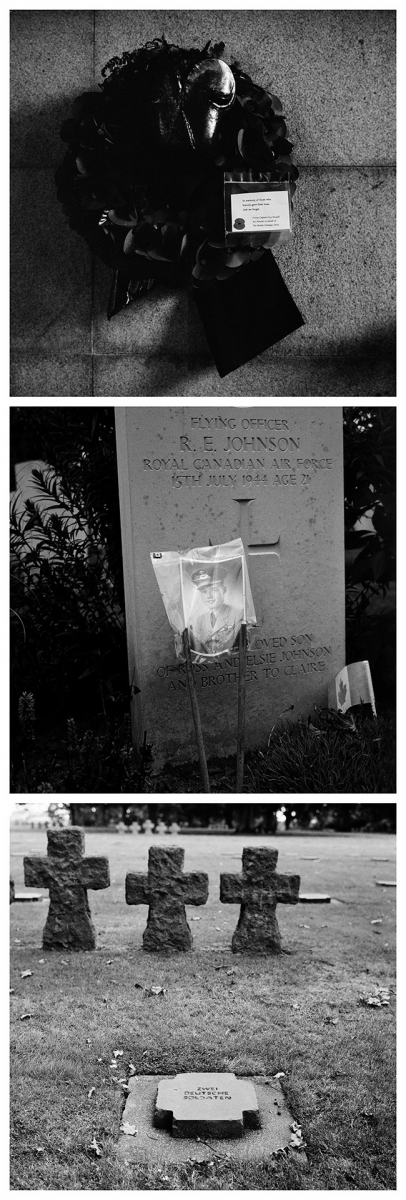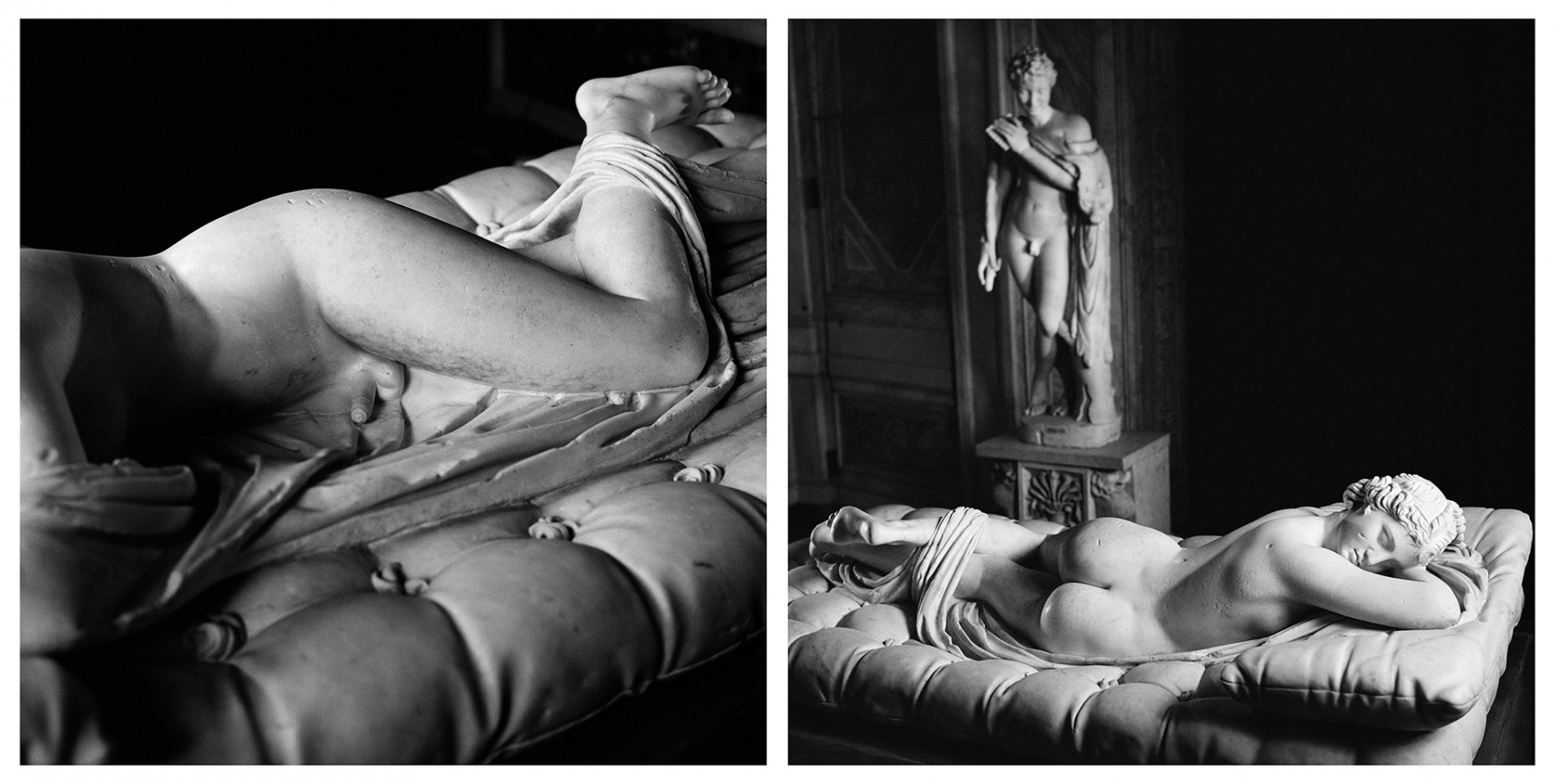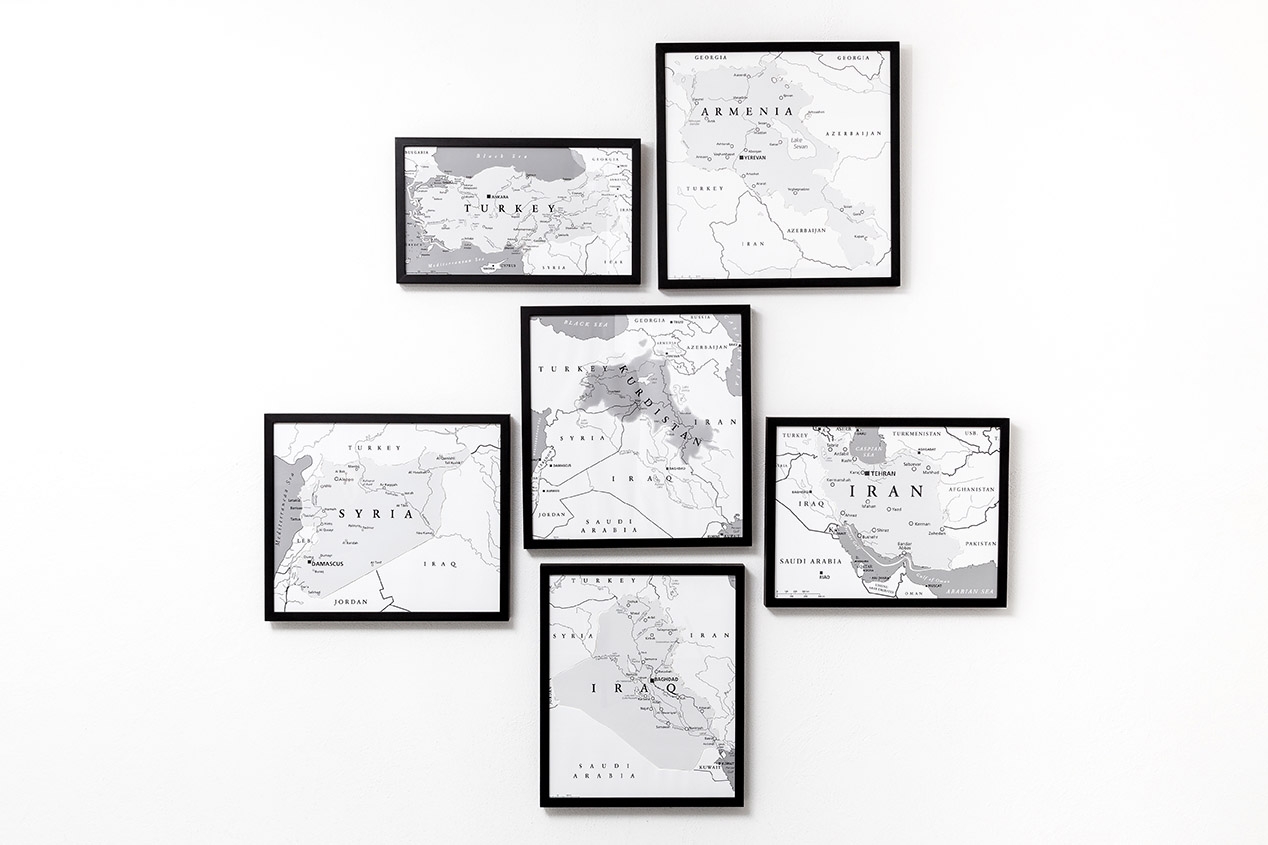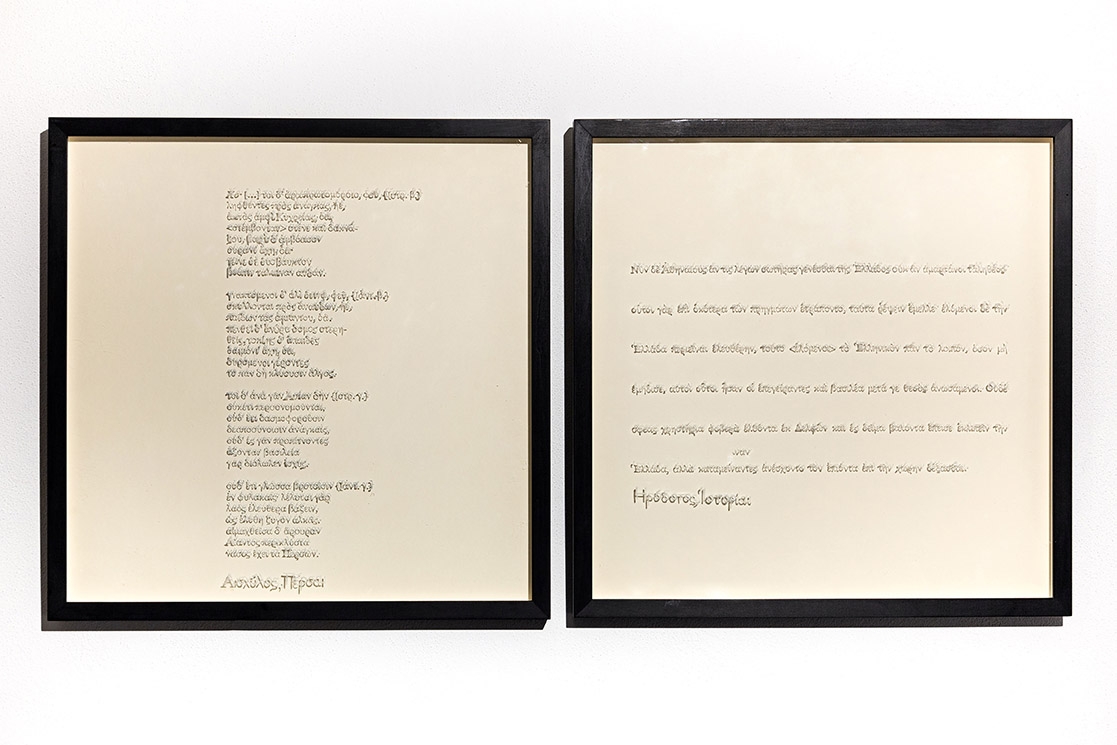Point of View
“Seeing the light” or “Coming to light” are two commonly used expressions, and quite singular, to indicate birth, identifying light with life : once you see the light, you can see everything else!
Both expressions, the first in subjective and the second “objective”, agree at least on one fact: that the light, however pre-existing, almost waiting for who knows how to intercept it to become aware of what surrounds it, or who instead exposes himself to it in order to be understood within it.
When you come into the world, do you frame the light to reflect it or expose yourself inside it to appear?
From these two ways of living the luminous element, in apparent contradiction, arises Points of View, project on light, natural or created to art, which reflects on different perspectives always but connected and interchangeable.
Taking more points of view does not mean perceiving the world from portions of alternative space, but above all sharpening the gaze and all the senses, as well as the capacity itself, cultural, ethical, political, to understand that everything concerns us.
There is no blind spot in the world. For this reason, to inhabit more points of view means to give life to a narrative process that takes into account what could be defined, assuming as we must always a third look, the parts “in comedy”.
The diptychs, triptychs and photographic polyptychs of Points of View mark as many “points of life” of a subject which, to be such, can never occupy a single point.
Considering that the project invites to reflect on the possibility that from a single person, person, object, place, arise different readings, the Finis Terrae polyptych is nothing more than the representation of a real geography but omitted.
The countries bordering on Kurdistan, five of them, do not take this place into account, least of all the power held by those who draw maps.
Reconstructing from north to south, east-west the reality of the places, I invite the reader to carefully examine the geographic map of each country, to become aware that none of these consider the Kurdish nation
In this regard, considering borders to be a failed man’s invection, I blunt on the subject by intervening with a scalpel, cutting and detaching such boundaries from the rest to exalt, provocatively, what was done by the human hand.
Armenia has “holes” which belong to the Azerbaijan while this contains patches belonging to the Armenian territory;
Syria, in the southwest, borders Israel through the Golan Heights, by Syrian law but, after the six-day war (1967) under the Israeli military control never recognized by the United Nations: so much so that here I have not cut but scratched and torn the paper.
At Kurdistan, which provides for its surroundings, I have faded the borders it does not have.
The diptychs Make Light is the very ancient history of the V sec a.c. of the Battle of Salamis that I chose to transpose on a contemporary medium. I put together erodotus and eschilo, so two who are on the same side. But while the first is a poet, the second is a historian. So there are two points of view (I repeat, on the same side, the Athenian one) in the first came pietas (for the poor young Persians) while in the second came Justice (Athenians have deserved such victory, end of the story).
The choice d’hand engraving two plates of plexiglass allowed me to make the etymological sense of photography: light (φῶς | phôs) and graph (γραφή | graphè) or writing with light.
The shadow caused by the light that the reader directs you, allows the reading of the texts on the white background. On the back, I translated both texts.
